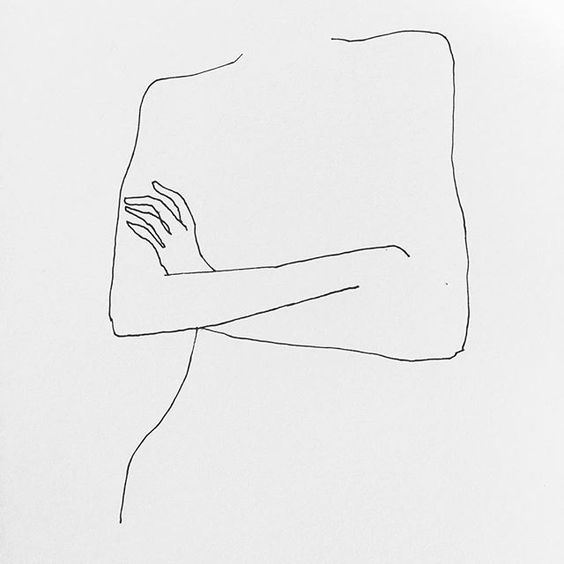Minimalism began as “a trend in sculpture and painting that arose in the 1950s and used simple, typically massive, forms” (1). From this, minimalism as a design and architectural feature was created and “has been deployed to refer to any object or interior featuring a marked reduction of form.” Minimalism is about adapting the ‘less is more’ attitude coined by Ludwig Mies van der Rohe along with the ‘less, but better’ attitude of Dieter Rams (2). Some of the biggest names in minimalist painting at its start were Frank Stella, Kenneth Noland, and Al Held. And in the world of minimalist sculpture there was David Smith, Anthony Caro, and Donald Judd (4).
Today, minimalism has extended beyond a design element and has been adapted as more of a lifestyle choice. When you search the word minimalism on YouTube, the first results are about getting rid of clutter, saving money, and beginners guides to living a minimalist lifestyle.
This seems to have strayed beyond the purpose of the original style. John Pawson, a minimalist architect from the 1990s explained, “Minimalism is not an architecture of self-denial, deprivation, or absence; it is defined not by what is not there, but by the rightness of what is there and by the richness with which this is experienced.” (2). I think that a lot of people who don’t know anything about minimalism think that “to be a minimalist you must live with less than 100 things, you can’t own a car or a home or a television, you can’t have a career, you must live in exotic hard-to-pronounce places all over the world, you must start a blog, you can’t have children, and you must be a young white male from a privileged background.”(3) This is not true because there are many different ways to adapt different versions of minimalism into your life.
To me, minimalism has always meant clean, sparse, surfaces with a muted color scheme and large features. I like the look of these offices or kitchens on Pinterest but it seems like an ideal version of a place where no one actually lives. The aesthetic of the design is somewhat ruined when there are actual signs of life. I like the idea of minimalism as a contradiction to the chaos of other aspects of our lives. I like the idea of going home to a place where you are not surrounded by an abundance of clutter and material things and instead only have a few items that are more valuable.
The examples below show some examples of how the ‘minimalist lifestyle’ has become an ideal. These photos are from websites where you can buy furniture and home decoration. They are also from all over the world; minimalism has become a global trend and a global standard of beauty for many.
Minimalist art has also evolved over the last 100 years but the definition has remained almost the same and still ‘features a marked reduction of form’ as discussed above. Here are some examples of the first results when you search for minimalist art across the internet.


Citations:
- https://www.google.com/search?q=minimalism&oq=minimalism&aqs=chrome.0.69i59j69i60j0l4.2910j1j1&sourceid=chrome&ie=UTF-8
- https://www.pamono.com/stories/minimalist-furniture-design-history-essence
- https://www.theminimalists.com/minimalism/
- https://en.wikipedia.org/wiki/Minimalism
- https://nordicdesign.ca/247-office-furniture-collection-by-finnish-design-shop/
- BAUERMEDIA.COM.AU
- https://hubsch-interior.com/fr/catalogues/
- https://grammatical-paris.com/boutique/
- https://www.guggenheim.org/artwork/4003
- https://www.moma.org/collection/works/81324
- https://www.czartdesign.com/products/horizontal-navy-minimalist-art-nv51c


3 Comments. Leave new
[…] Aesthetic Explorations: Minimalism […]
I completely adore this post. I love the idea of minimalism in the sense that you defined it in more than what it is known as today. I see a lot of the minimalism aesthetic in decor, but I am not as familiar with it in the art sense. I would like to see more photos of what it means in the art sense. Do you think that minimalist art incorporated the more common definition of minimalism in which you get rid of a lot?
I liked that you offered your own perspectives on the aesthetic and what it means to you to be living by these principles. I also felt the introductory paragraph was informative, and covered a lot of the crucial information about history and major players. I think you could’ve bridged the gap between your perspective and the history a bit more by interspersing it throughout instead of having it all at the beginning, and maybe touched a bit more on minimalist art towards the end.